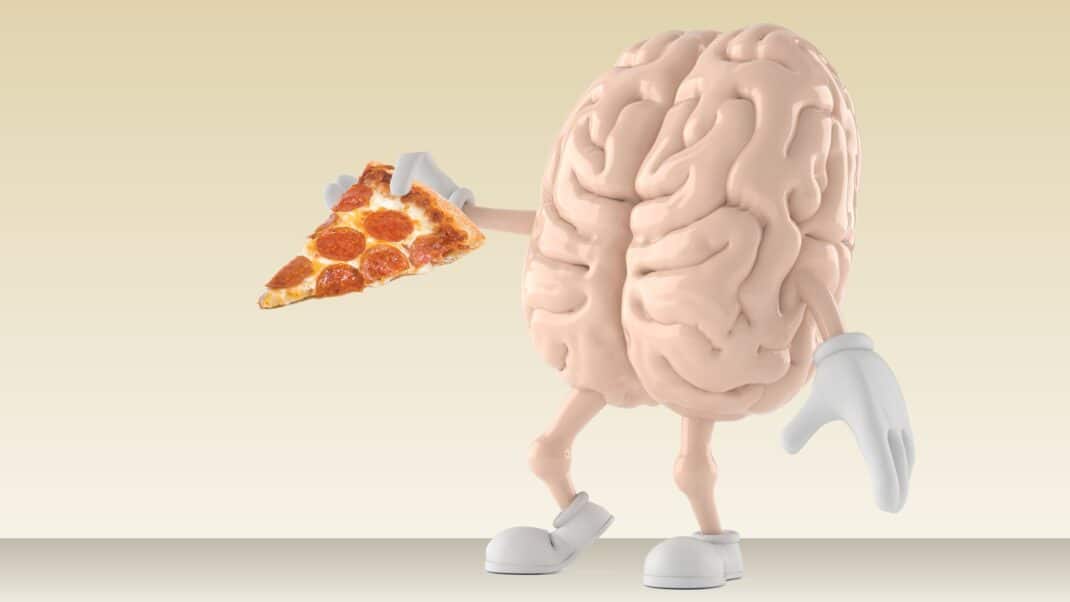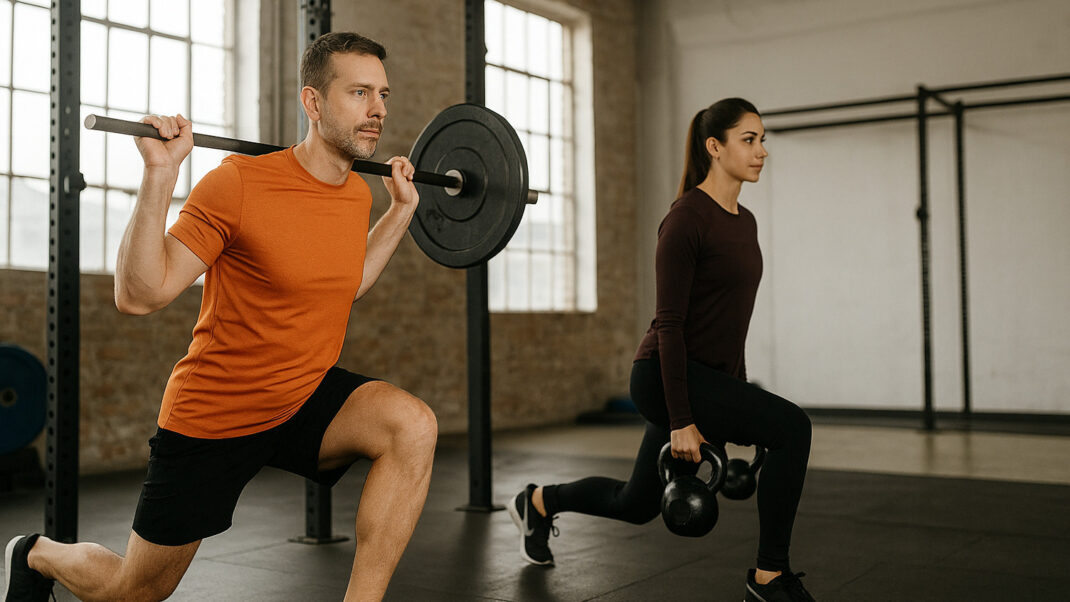Why Strength Training Boosts Immunity in Fall

As autumn arrives, so does the start of cold and flu season. Beyond keeping you strong, resistance training can play a valuable role in supporting your immune system. Research shows that moderate, consistent strength exercise enhances circulation of immune cells, making them more efficient at detecting and responding to pathogens (Pedersen & Hoffman-Goetz, 2000). This means your gym sessions may be doing more than building muscle—they are also helping your body stay resilient during a season when illness risk rises.
Unlike exhaustive training, which can temporarily suppress immunity, well-planned resistance workouts actually improve immune surveillance. Studies indicate that resistance training helps regulate inflammation by balancing cytokine activity, reducing the risk of chronic low-grade inflammation that weakens immune defenses (Gleeson et al., 2011). This is particularly important in fall, when stress, busier schedules, and reduced sunlight can all challenge immune function.
Another benefit lies in the indirect pathways. Strength training supports healthy body composition, improves sleep quality, and lowers stress hormones such as cortisol, all of which contribute to better immune resilience (Campbell & Turner, 2018). Even two to three sessions per week can be enough to reap these benefits, provided workouts emphasize progressive overload, proper recovery, and balanced nutrition.
In short, adding resistance training to your fall routine is a science-backed way to prepare your body not only for physical performance, but also for seasonal health. Strong muscles support a strong immune system, giving you an edge as the days grow shorter and the temperatures drop.
References
Campbell, J. P., & Turner, J. E. (2018). Debunking the myth of exercise-induced immune suppression: Redefining the impact of exercise on immunological health across the lifespan. Frontiers in Immunology, 9, 648. https://doi.org/10.3389/fimmu.2018.00648
Gleeson, M., Bishop, N. C., Stensel, D. J., Lindley, M. R., Mastana, S. S., & Nimmo, M. A. (2011). The anti-inflammatory effects of exercise: Mechanisms and implications for the prevention and treatment of disease. Nature Reviews Immunology, 11(9), 607–615. https://doi.org/10.1038/nri3041
Pedersen, B. K., & Hoffman-Goetz, L. (2000). Exercise and the immune system: Regulation, integration, and adaptation. Physiological Reviews, 80(3), 1055–1081. https://doi.org/10.1152/physrev.2000.80.3.1055





